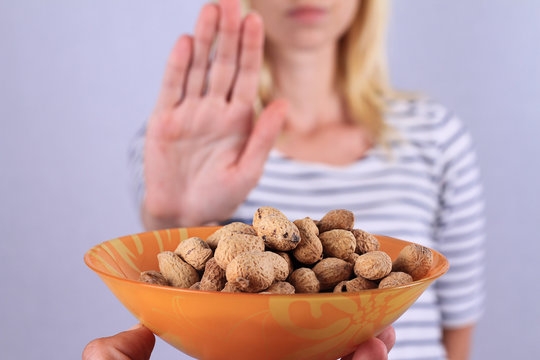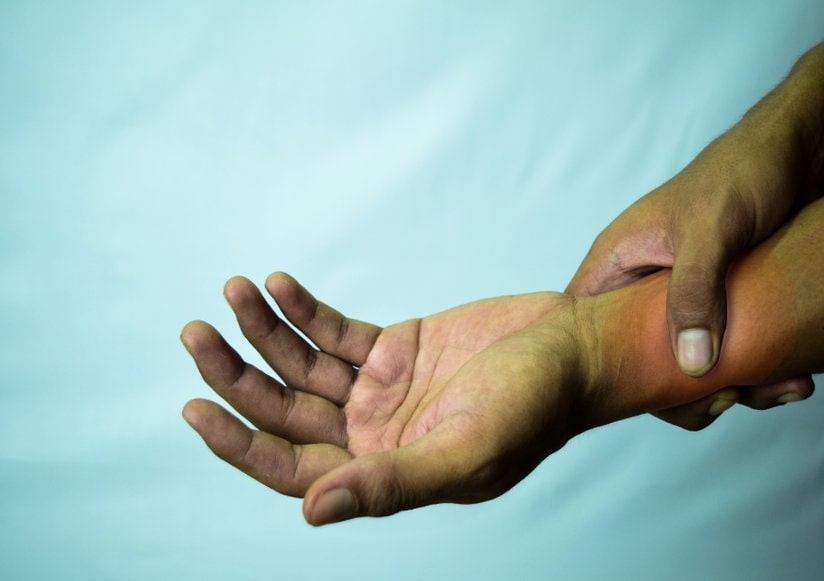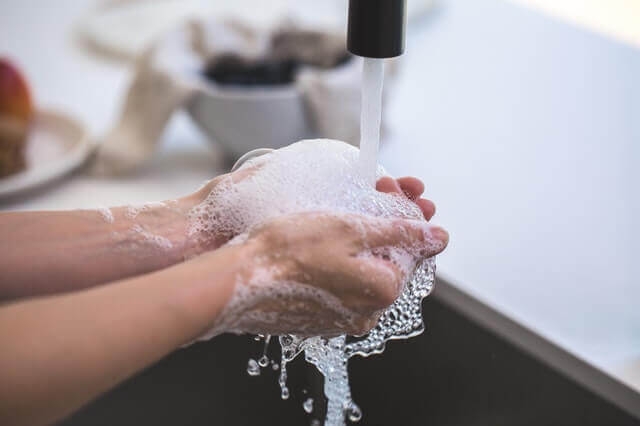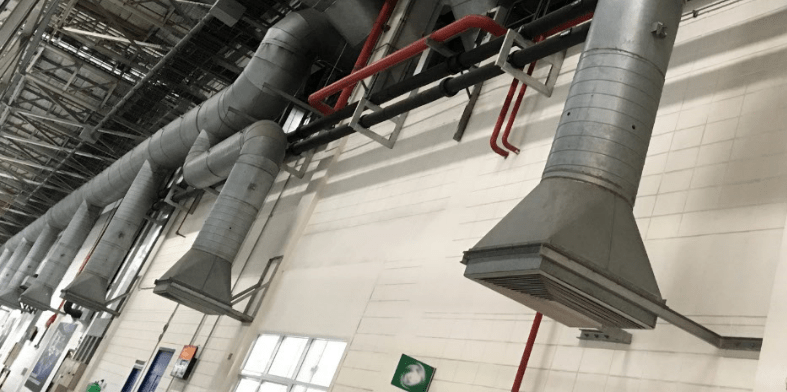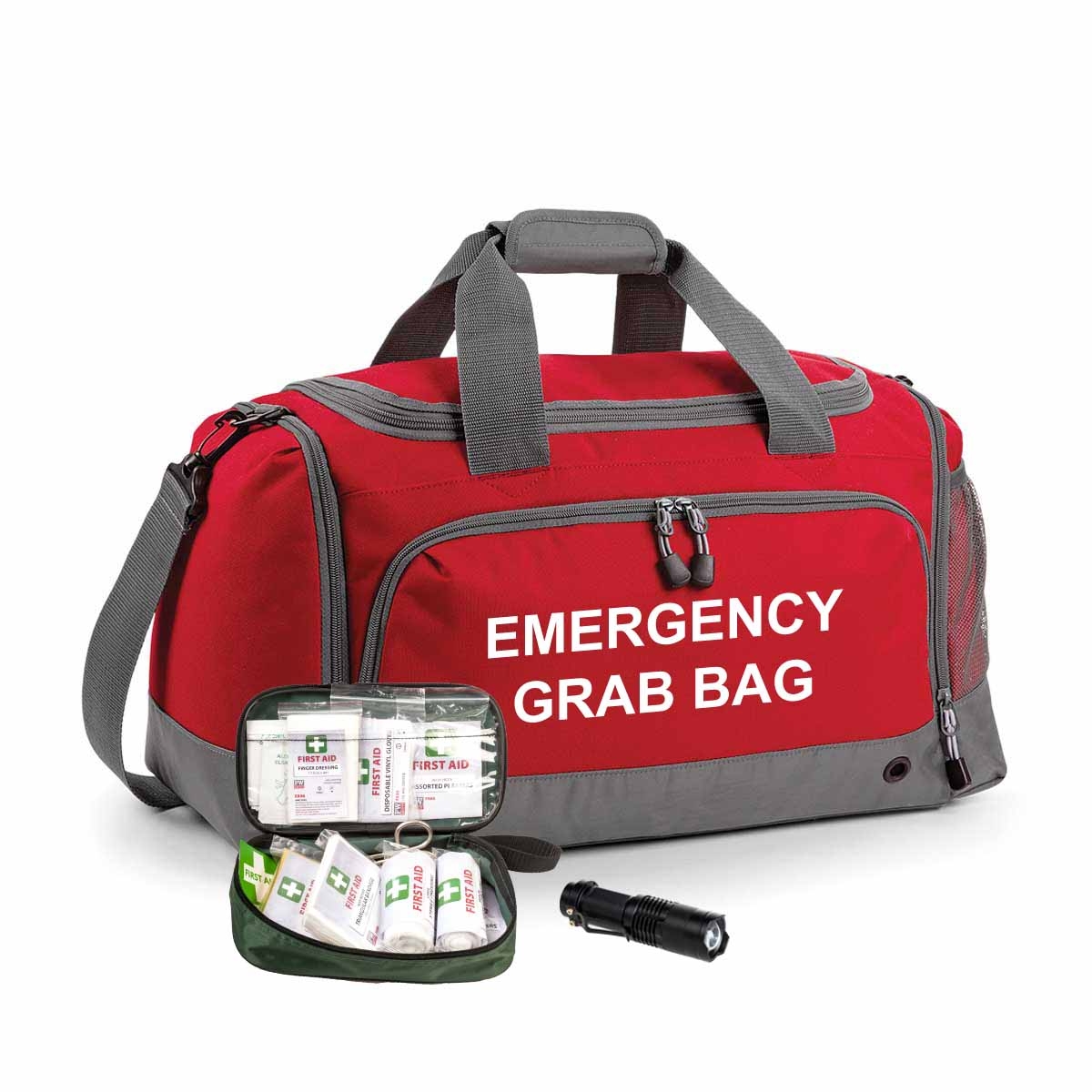Earlier this year Father of 3 Kevin Holding unfortunately died after he was crushed by a street pop up toilet whilst working underneath it.
Emergency services were called to the scene in Central London on the 27th of January but unfortunately Mr Holding was declared dead at the scene. Over 2 hours passed before they could lift the pop-up toilet due to lifting equipment being delayed. METRO
Potential Health and Safety Issues
The first indication(s) of why the accident happened was that there was no mechanism in place to prevent the toilet from falling, the mechanism had failed or that the method for preventing the toilet from falling in the event of hydraulic failure, relied upon human action, and this did not happen.
Controlling Risk in Confined spaces with the Risk of Gravitational Energy
Numerous factors warrant careful consideration before entering a confined space. However, it's crucial to extend safety deliberations beyond confined spaces to encompass situations like lift shafts and working beneath a MEWP platform for maintenance purposes.
PUWER (Provision and use of Work Equipment Regulations 1998)
Based upon advice from the HSE:
“Take appropriate measures to ensure maintenance operations on work equipment can be carried out safely while the equipment is shut down, without exposing people undertaking maintenance operations to risks to their health and safety.”
“Where appropriate, provide suitable means of isolating work equipment from all power sources (including electric, hydraulic, pneumatic and gravitational energy” HSE
The regulations apply from the point of design and manufacture. The equipment designer must ensure that they have designed the equipment to enable maintenance to be carried out in the safest practicable way.
Risks during cleaning or any other routine or reactive maintenance should be considered by the designer and manufacturer. If the risks are unavoidable, such as a confined space with the risk of stored energy (in this case to toilet dropping) control measures must be included in the design to mitigate the risk as far as possible.
This regulation also includes consideration for safe installation.
More information can be found on PUWER here:
How are the Confined Space Regulations 1997 Defined?
“Confined space” means any place, including any chamber, tank, vat, silo, pit, sewer, trench, pipe, flue, well or any other similar space in which, by virtue of its enclosed nature, there arises a foreseeable specified risk.
A ‘foreseeable risk’ is defined as:
- Serious injury to any person resulting from a fire or explosion
- The loss of consciousness of any person resulting from an increase in body temperature
- The loss of consciousness of any person at work arising from gas, fumes, vapour or lack of oxygen
- The drowning of any person at work arising from the increase in the level of any liquid.
- The Asphyxiation of any person at work arising from a free flowing solid or the ability to reach a respirable environment due to entrapment by a free flowing solid. HSE
Technically, in the case mentioned above this will almost certainly be classified as a confined space as it is a pit, and the possibility of a vapor, fumes from traffic or gas (heavier than air) being present in the pit due to a remote leak. You could also consider the chance that whilst in the pit (in the event of a severe downpour of rain) whether the drainage sufficient to allow the operative to get out in time? One would assume this would not be the case as if the pit could fill up, it would be detrimental to the operation of the toilet, but it still needs to be shown as considered and highlighted in the risk assessment.
The first things to be considered in cases like these are:
- Can the work be completed without entering the confined space avoiding the risk completely? In this case no.
- What are the risks and subsequent control measures?
- Risk of exactly what happened.
- What control measure will mitigate the risk?
Ensure confined space work is risk assessed and controlled under the Confined Space Regulations. In this case gravitational stored energy – there must be a failsafe mechanism in place to prevent the toilet from falling in the event of hydraulic failure.
One possibility that might be considered to prevent this type of accident from happening is a Acro prop, a device to hold the toilet up, however this relies on human action, and human nature dictates that an operative may not bother if he is only going to be ‘quick’.
It is far preferable to have an automatic locking device, hence why this should be considered under PUWER Regulations. Any human or automatic system should be periodically tested and the result recorded.
All operatives must be trained for the task including confirming and recording that the locking mechanism is in place.
What Training and Precautions Should Be in Place for Working in Confined Spaces?
All operatives should be confined space trained, and this includes the requirements of a confined space permit, which risk assesses the entry and includes a watch/monitoring outside man and a rescue plan. If the work is routine, such as routine maintenance, if it can be risk assessed and so long as a safe working procedure is generated and trained out, it can be classed as ‘a routine task’ reducing the need for a permit, but a pre-entry check list should be used to enable the entrant to check the routine control measures are in place and that there are no additional risks over and above the current risk assessment.
Further information can be found here:
During the process of risk assessment, if the design and installation have effectively reduced the anticipated risks, categorising the situation as a confined space due to established precautionary measures like continuous ventilation and permanent drainage, it becomes essential for the safe operational procedure to incorporate verifications of the presence and functionality of these precautionary measures. These verification checks should be documented for record-keeping purposes.
If this is the case and the operative is working alone, the Lone Working Regulations would apply:
In relation to Lone workers the below should be considered:
- Communication in the event of an emergency
- Confirming the operative has completed the work and is safe
- Procedures in the event of unexpected risks
- Action and escalation should an operative fail to call in or respond to communication.
If you need advice on confined spaces, you can contact us on 0333 215 005 or e-mail us on websiteenquiries@wirehouse-es.com

